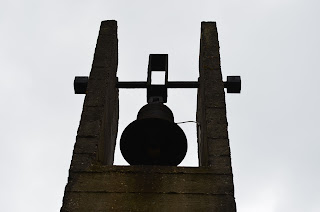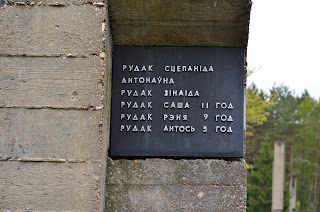In 1852 a boy called Francois
Berenger Saunier was born in a small hill top village called
Montazels in the foothills of the Pyrenees. He died in 1917 across
the valley from Montazels in a similar poor village called Rennes le
Chateau. At the age of 32 after spending several years being
educated in a seminary at Limoux and then a similar establishment in
Carcasonne, he became the priest at the church in Rennes le Chateau.
On
his death in 1917 he left behind him a housekeeper who had been his
companion for many years, debts and a mystery. Several writers have
since eared a very good living by writing books about the priest and
the church and village. Perhaps the best known is Dan Brown and the
Da
Vinci Code,
and prior to him, Lincoln, Baigent and Leigh with The
Holy Blood and the Holy Grail.
Both are well written and captivating novels and rightly deserve the
acclaim awarded to their authors. But they are not a view of the
history of those times, that place and that priest. If you are
interested enough to delve a little deeper into the history of the
two books then wikipedia
has a good entry about the whole subject.
I became interested in the
subject back in the early 1980s and first visited the village of
Rennes le Chateau in 1992 when I met the son in law of the former
owner of the Presbytery and museum in the village. It was a very
interesting meeting and gave me leads into one or two organisations
in the area who concern themselves with the history of the area and
Saunier himself.
If
one reads the Holy Blood and the Holy Grail one is lead to believe
that Saunier found a secret which the Catholic Church tried hard to
bury as it was so earth shaking that it would destroy the foundation
of the church itself. The Catholic Church started to pay Saunier
what amounted to a small fortune to prevent the 'secret' being made
public, and using this money Saunier refurbished the church, and the
presbytery and threw wild parties involving the great and the good of
French society at that time. I have to confess that when I read these
words in the book my BS indicator went off the scale.
Over several years and one or
two further visits to the village, I formed a different opinion to
those of the novelists as to the origins of the 'fortune' which the
priest had spent during his time a Cure of the church.
W
hat
I discovered was rather more prosaic. He sold masses. Below is one
page from a book written in 1994 which contains the correspondence of
the 'L'Abbe Saunier' and includes several pages like the ones above.
The one above covers the period of just over one month in 1909, and
indicates the prices he charged for saying a mass. The man was
raking it in.
I'll leave it to you to
estimate how much his 'fortune' amounted to. Enjoy!


























